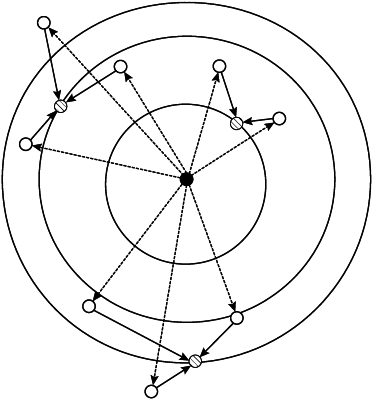| CPC G06N 3/084 (2013.01) [G06F 17/16 (2013.01); G06N 20/00 (2019.01)] | 11 Claims |

|
1. A method, in a deep neural network, for training the network to learn an increased discrimination of feature vectors comprising:
inputting a batch of training samples to the deep neural network;
receiving a batch of feature vectors generated by the deep neural network; and
refining the deep neural network by backpropagating a loss representing differences between the batch of feature vectors and ground truth results into the deep neural network, the loss determined by:
a primary loss function; and
a Copernican loss (Lc) comprising:
a planetary loss function that minimizes intra-class variation of the feature vectors by minimizing a cosine distance of the feature vectors to their corresponding class centers; and
a sun loss function that maximizes the inter-class variation of the feature vectors by maximizing a cosine distance of the feature vectors away from a mean of the batch of training samples;
wherein the Copernican loss is given by:
Lc=Lprimary+λLn+Ls
where:
λ is a loss weight;
LPrimary is the primary loss function;
Lp is the planetary loss function; and
Ls is the sun loss function.
|